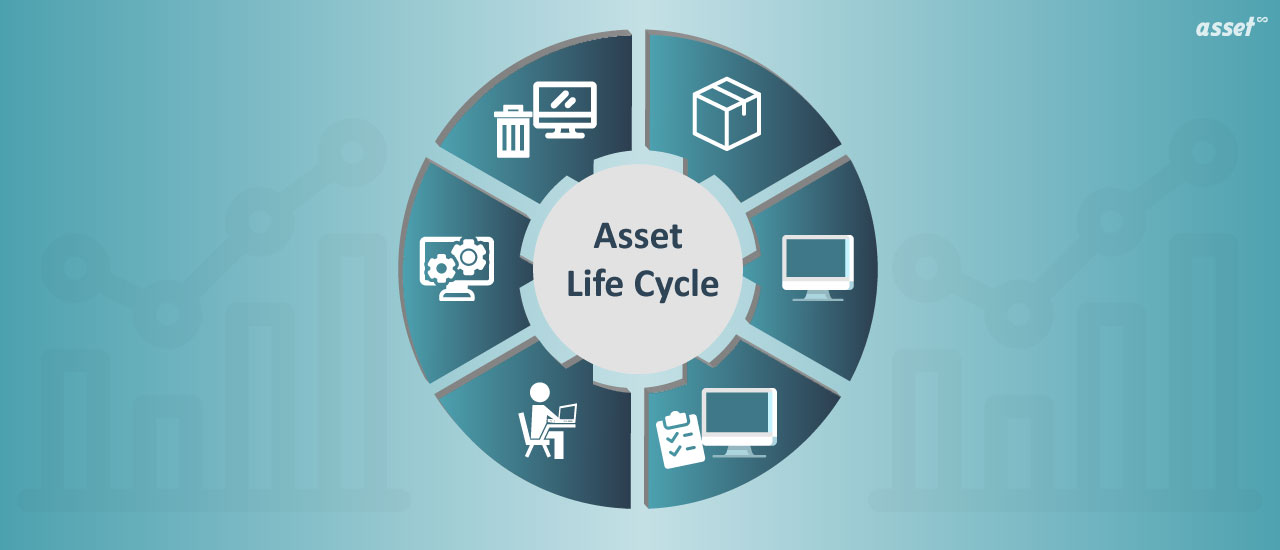The 5 Benefits of Asset Lifecycle Management and Maintenance Software

Asset lifecycle management (ALM) concentrates on increasing the serviceable lifetime of your firm’s assets to ensure that you get the most value possible from them during their lifecycle.
If your company owns fixed physical assets, then you must utilize some form of asset lifecycle management and maintenance software because – most likely – your assets are the single most substantial cost you have.
For this reason, it is essential that you carefully operate and maintain these assets. If you are looking to boost your company’s profitability by reducing your costs, then getting smarter in regards to managing and preserving your assets is where you need to start.
1. It helps with tracking and recovery.
First and foremost, the most obvious benefit of ALM software is that it helps you keep an up-to-date list of what your business currently owns and leases. Additionally, it keeps track of where the assets are located, how they are used, and when their last updates or services were conducted. This is the most efficient way to maintain a comprehensive review of all your assets. Keep in mind that this list is the basis for many additional benefits.
In addition to tracking where your assets are located, this type of software also helps you recover it. Inevitably, at some point, assets will need to be redeployed and conceivably moved from one place to another or have a change in purpose. In other cases, assets will be transferred, sold or scrapped. Having all of these changes in one place will make it much easier to recover, remove, and relocate these assets when the time comes.
2. It helps you reach operational efficiency.
There is no denying that sustained business growth depends on your ability to operate and maintain your assets. By incorporating an ALM software into your company, you are helping your business reach operational efficiency as you are aligning your needs and requirements with what you already have.
For example, this type of software can help you to compile a full picture of your company assets, capabilities, lifecycle, upgrade expectations, maintenance requirements, etc. Then, having this knowledge will help decision-makers determine the appropriate answers when looking at what can be leveraged before spending more money, as well as which assets are unnecessary and can be eliminated to save money.
3. It makes financial reporting and forecasting a breeze.
Similarly, ALM software can help ensure that corporate financial statements are used as a guide for the maintenance team in making decisions to either maintain or dispose of equipment.
Plus, as the software will have an accurate acquisition history and a running list of what is deployed, it will be incredibly useful for the organization during the process of identifying trends. This, in turn, will help significantly with forecasting and predicting future IT needs and budgets.
4. It assists with risk management.
One of the most beneficial aspects of utilizing ALM software is that it assists with asset risk management. In other words, this software will help your organization to identify where your risks are and what proactive solutions need to be used to avoid (or reduce the chance) them.
Similarly, strong asset management makes it easier (and quicker) to determine when your assets have been stolen or gone missing. Adopting the software also helps you to deal with the causes—such as widespread access to warehouses—while also decreasing vulnerabilities.
5. It can be highly convenient.
Last but not least, you want to ensure you are opting for an asset lifecycle management and maintenance software that has a functioning mobile app. This will make your life a lot easier and substantially increase the benefits of introducing this software into your company. The best mobile app has essential features that help you to handle maintenance issues, whether you are onsite or on-the-go.
One of the benefits of utilizing this type of asset management mobile app is that your team can have complete control over maintenance requests from when they are first inputted into the system until they are resolved. Through the mobile app, the relevant units will be able to create, change, and monitor requests on the phone – from wherever they are and whatever time it is. This allows your workers to stay on top of their jobs, no matter what else is going on.
Make sure to look for a mobile app that is user-friendly (with swift input and output processes) and has fast processing speeds. You also want it to be adaptable to multiple platforms and allows your team to create and modify requests by text, photo, and voice message. This will ensure that it is versatile and easy enough for everyone to use.
Does your company have assets? If so, are you currently using an asset lifecycle management and maintenance software? Why or why not?
AUTHOR BIO
Andrew Piechowiak is the General Manager – Asset Management Business at SGE Group International, a multidisciplinary group of companies with core business interests in Asset Lifecycle Management, Land Development and Software. Aladdin is SGE’s proprietary Asset Lifecycle Management software, designed to empower FM, Maintenance and Asset teams across multiple industry sectors.